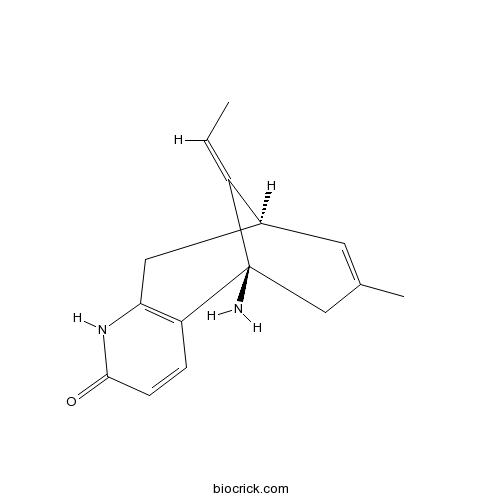Alzheimer
Alzheimer’s disease (AD), a neurodegenerative disorder, is the most common cause of progressive dementia. Two microscopic characteristics of AD are extracellular amyloid plaques and intracellular neurofibrillary tangles. Amyloid β peptide (Aβ), derived from amyloid precursor protein (APP) by sequential protein cleavage, and other metabolites deposit around neurons and form amyloid plaques, which contribute to the disease’s pathogenesis. The neurofibrillary tangles are formed by the aggregation of phosphorylated tau proteins. Under pathogenic conditions, tau accumulates in dendritic spines and interferes with neurotransmission. The Aβoligomer promotes tau enrichment and facilitates disease progress. Apolipoprotein E4 (ApoE4) is another important protein for AD pathogenesis. It causes mitochondria dysfunction, inhibits neurite outgrowth and promotes aggregation of both Ab and Tau. ApoE4 complexes with Ab in vitro and is associated with amyloid plaques in vivo. It also enhances tau phosporylation and accumulation in soma and dendrites. Recently, a-synucein has been shown to promote Ab and tau aggregation as well. Atrophy due to shrinkage and loss of neurons and neuronal processes has been found in the cerebral cortex and some subcortical regions through autopsy. It has been postulated that neuronal loss in AD occurs through apoptosis and inflammation. Early studies show that Ab aggregates disrupt calcium homeostasis and activate caspases, leading to apoptosis. Evidence also supports that inflammation caused by microglia and astrocytes, in response to the stimulation of Ab deposits, damages neighboring neurons. Moreover, chronic inflammation induces APP expression and Ab deposition, accelerating disease progression.
Products for Alzheimer
- Cat.No. Product Name Information
-
BCN1057
(-)-Huperzine A

-
BCC1047
COG 133ApoE peptide fragment; α7 nAChR antagonist

-
BCC1366
AR-A014418Selective GSK-3 inhibitor



